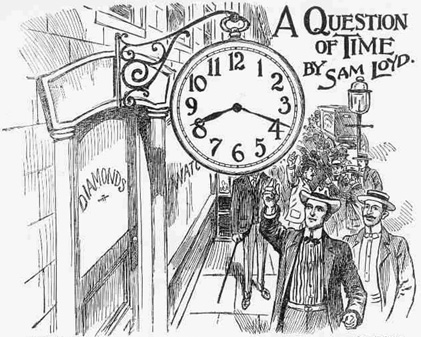 This turns out to be an unambiguous, doable problem from the 19th century puzzle master Sam Loyd. It is based on an observation about jewelers’ signs of the times. I thought I would include Loyd’s narrative in its entirety.
This turns out to be an unambiguous, doable problem from the 19th century puzzle master Sam Loyd. It is based on an observation about jewelers’ signs of the times. I thought I would include Loyd’s narrative in its entirety.
“A CURIOUS paragraph has been going the rounds of the press which attempts to explain why the signs of the big watches in front of jewelry stores are always alike. They are painted upon the dial, apparently in a haphazard sort of a way, and yet they invariably indicate a certain number of minutes past eight. It cannot be attributable to chance, for it would tax one’s credulity to believe that such a coincidence could occur all over the civilized world.
There is no accepted rule or agreement established with the jewelers or sign painters, for careful inquiry proves that few of them are aware of the fact or ever noticed that any two are alike, it would be a marvelous case of unconscious imitation if it is looked upon as a mere custom, accidentally following a pattern set by the originator of the device of the sign of a big watch. In London, where they take pride in such things, I saw several big watches, looking as if they had hung in front of the stores for countless centuries, all indicating the same mysterious time, accompanied by the announcement that the firms were established a couple of hundred years ago. I do not doubt for a moment that some such similar sign can be found at Nuremberg, where the watch originated during the Fifteenth Century.
The discussion seems to have brought out a recognition of the fact that from an artistic point of view, symmetry requires that the hands should be evenly balanced, as it were, on both sides of the face of the watch.
If they are raised too much there is a certain “exasperating, declamatory effect,” which is not altogether pleasing.
The time would be incorrect if the hands pointed at 9 and 3, and at other points would be too low, so, as a matter of fact, and from an artistic point of view, the position is well selected and is one of the points which, with the aid of a watch, can be shown to be possible. It is a fact however, that the mere puzzle of telling what time the watch indicates, has been held up to public gaze for all these centuries without being thought of or solved?
Take your watch and set it to the time indicated, with the hands at equal distances from the six hour, which shows it to he a possible position, and then tell what time of the day it is! …”
Answer.
See A Question of Time for solutions.
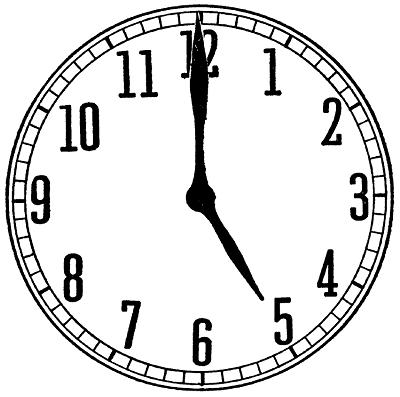 This is a fairly extensive clock problem by Geoffrey Mott-Smith from 1954.
This is a fairly extensive clock problem by Geoffrey Mott-Smith from 1954.
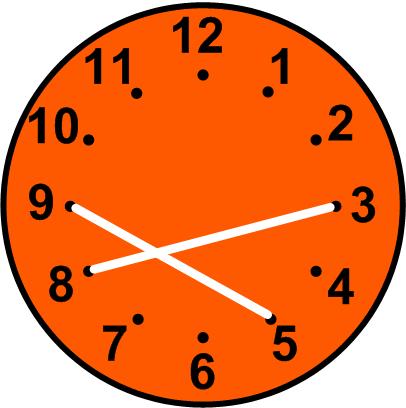 This is an imaginative puzzle from the Maths Masters team, Burkard Polster (aka Mathologer) and Marty Ross as part of their “Summer Quizzes” offerings for 2012.
This is an imaginative puzzle from the Maths Masters team, Burkard Polster (aka Mathologer) and Marty Ross as part of their “Summer Quizzes” offerings for 2012.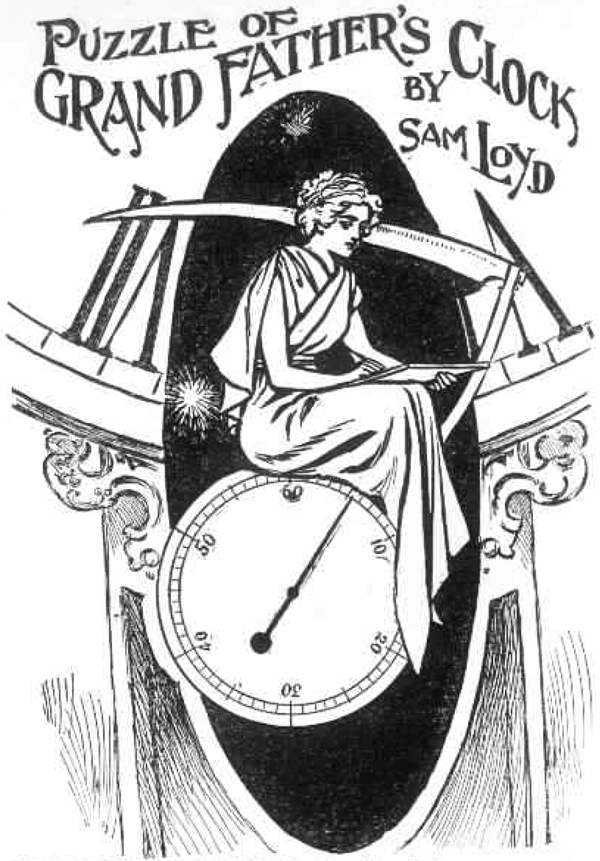 This is another doable puzzle from Sam Loyd.
This is another doable puzzle from Sam Loyd.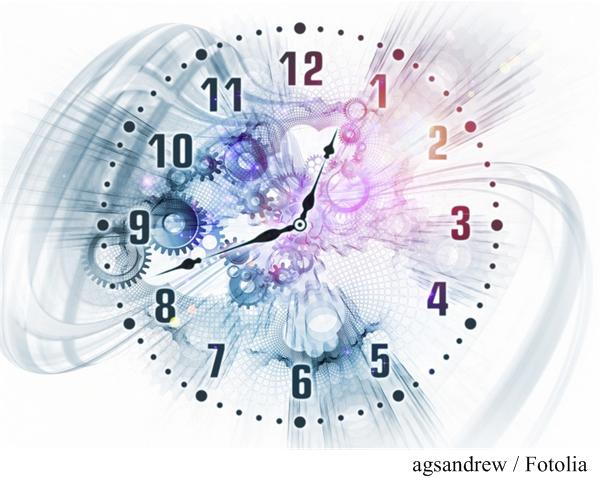 This problem comes from the “Problems Drive” section of the Eureka magazine published in 1955 by the Archimedeans at Cambridge University, England. (“The problems drive is a competition conducted annually by the Archimedeans. Competitors work in pairs and are allowed five minutes per question ….”)
This problem comes from the “Problems Drive” section of the Eureka magazine published in 1955 by the Archimedeans at Cambridge University, England. (“The problems drive is a competition conducted annually by the Archimedeans. Competitors work in pairs and are allowed five minutes per question ….”) This turns out to be an unambiguous, doable problem from the 19th century puzzle master Sam Loyd. It is based on an observation about jewelers’ signs of the times. I thought I would include Loyd’s narrative in its entirety.
This turns out to be an unambiguous, doable problem from the 19th century puzzle master Sam Loyd. It is based on an observation about jewelers’ signs of the times. I thought I would include Loyd’s narrative in its entirety.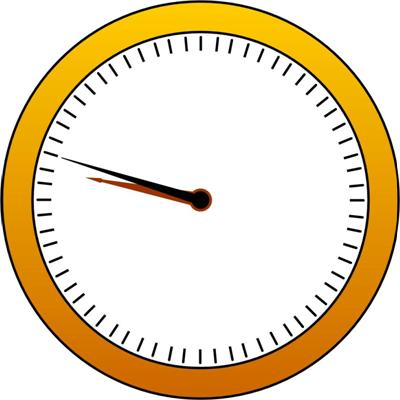 This is a nice variation on the typical clock problem posed by
This is a nice variation on the typical clock problem posed by